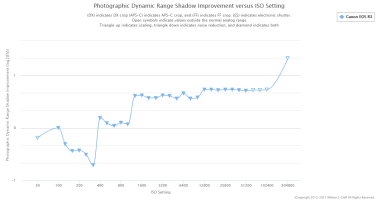I’ve been enjoying the discussion of Raw files and how raw are Raw. In real life I don’t have that much problem with noise. Even my shots of Venice taken near dark from a moving ship with the G5X II (1” sensor) are noisy mostly in the expanse of sky. I did apply some Photoshop noise reduction, although given that my printer uses just 8 or 9 inks, noise in the dark sky is unlikely to show up on a print. I like the best picture of the lot enough to be tempted to get the Epson printer that adds purple ink to the mix to see if expanding the gamut that direction will make the sky look a bit more like the very deep blue I see on screen. The picture now is framed and on display in three states, so I’m not the only one who likes it even as is.
More to the point of how raw is Raw, is the file that is written to the card already the product of demosaicing or is that handled by the software in the computer?
I gather that we can’t really see a Raw picture until it is interpreted in some way. Would it be clusters of red, blue, and two green dots, or would it be the half white non-gamma interpreted weirdness?
More to the point of how raw is Raw, is the file that is written to the card already the product of demosaicing or is that handled by the software in the computer?
I gather that we can’t really see a Raw picture until it is interpreted in some way. Would it be clusters of red, blue, and two green dots, or would it be the half white non-gamma interpreted weirdness?
Upvote
0


